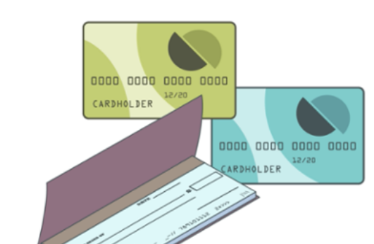Financial technology, or fintech, is revolutionizing consumer finance by making financial services more accessible, efficient, and user-friendly. From mobile banking to robo-advisors, fintech innovations are transforming the way consumers manage their finances. This article explores current trends in fintech within consumer finance and offers predictions for the future.

Current Trends in Fintech for Consumer Finance
1. Mobile Banking:
Mobile banking has become a cornerstone of consumer finance, offering convenience and accessibility. With mobile apps, consumers can manage their accounts, transfer funds, pay bills, and even apply for loans from their smartphones. Banks are continuously enhancing their apps with features like mobile check deposits, budgeting tools, and real-time notifications to improve user experience.
2. Digital Payments:
Digital payment solutions, including mobile wallets, peer-to-peer (P2P) payment apps, and contactless payments, are gaining popularity. Services like PayPal, Venmo, and Apple Pay allow consumers to make quick and secure transactions without the need for cash or physical cards. The COVID-19 pandemic accelerated the adoption of digital payments as people sought contactless payment methods for safety.
3. Personal Finance Apps:
Personal finance apps, such as Mint and YNAB (You Need a Budget), help consumers track their spending, set budgets, and manage their finances. These apps provide insights into spending habits, categorize expenses, and offer tips for saving money. The integration of artificial intelligence (AI) and machine learning enhances the predictive capabilities of these apps, allowing for more personalized financial advice.

Future Predictions for Fintech in Consumer Finance
1. Enhanced Personalization:
The future of fintech in consumer finance will be characterized by enhanced personalization. AI and machine learning will enable financial services to offer highly tailored products and advice based on individual consumer behavior and preferences. Personalized financial solutions will improve customer satisfaction and financial outcomes.
2. Expansion of Financial Inclusion:
Fintech will continue to drive financial inclusion by providing access to financial services for underserved and unbanked populations. Mobile banking, digital payments, and microfinance platforms will reach remote and rural areas, offering financial services to those who previously lacked access. This expansion will promote economic growth and reduce poverty.

3. Growth of Decentralized Finance (DeFi):
Decentralized finance (DeFi) platforms, which use blockchain technology to offer financial services without intermediaries, will grow in popularity. DeFi platforms provide services such as lending, borrowing, and trading in a decentralized manner, offering greater transparency and control to users. The rise of DeFi will democratize finance and offer consumers more options for managing their money.
Conclusion
Financial technology is reshaping consumer finance, offering innovative solutions that enhance accessibility, convenience, and personalization. Current trends such as mobile banking, digital payments, robo-advisors, personal finance apps, and P2P lending are transforming the financial landscape. Looking ahead, enhanced personalization, blockchain integration, financial inclusion, DeFi growth, and increased regulatory oversight will define the future of fintech in consumer finance. By staying informed and adapting to these trends, consumers can make the most of fintech innovations to achieve better financial outcomes.





